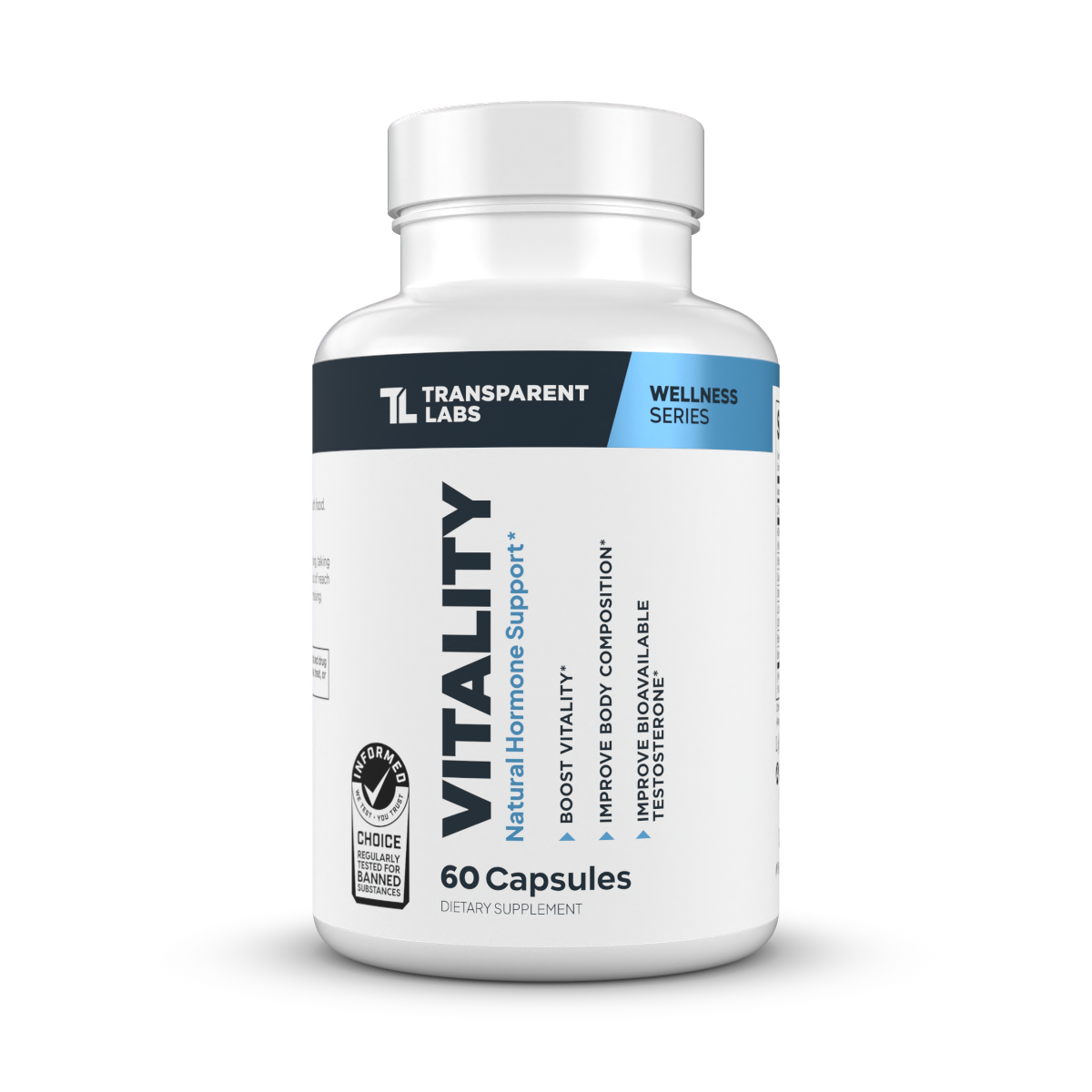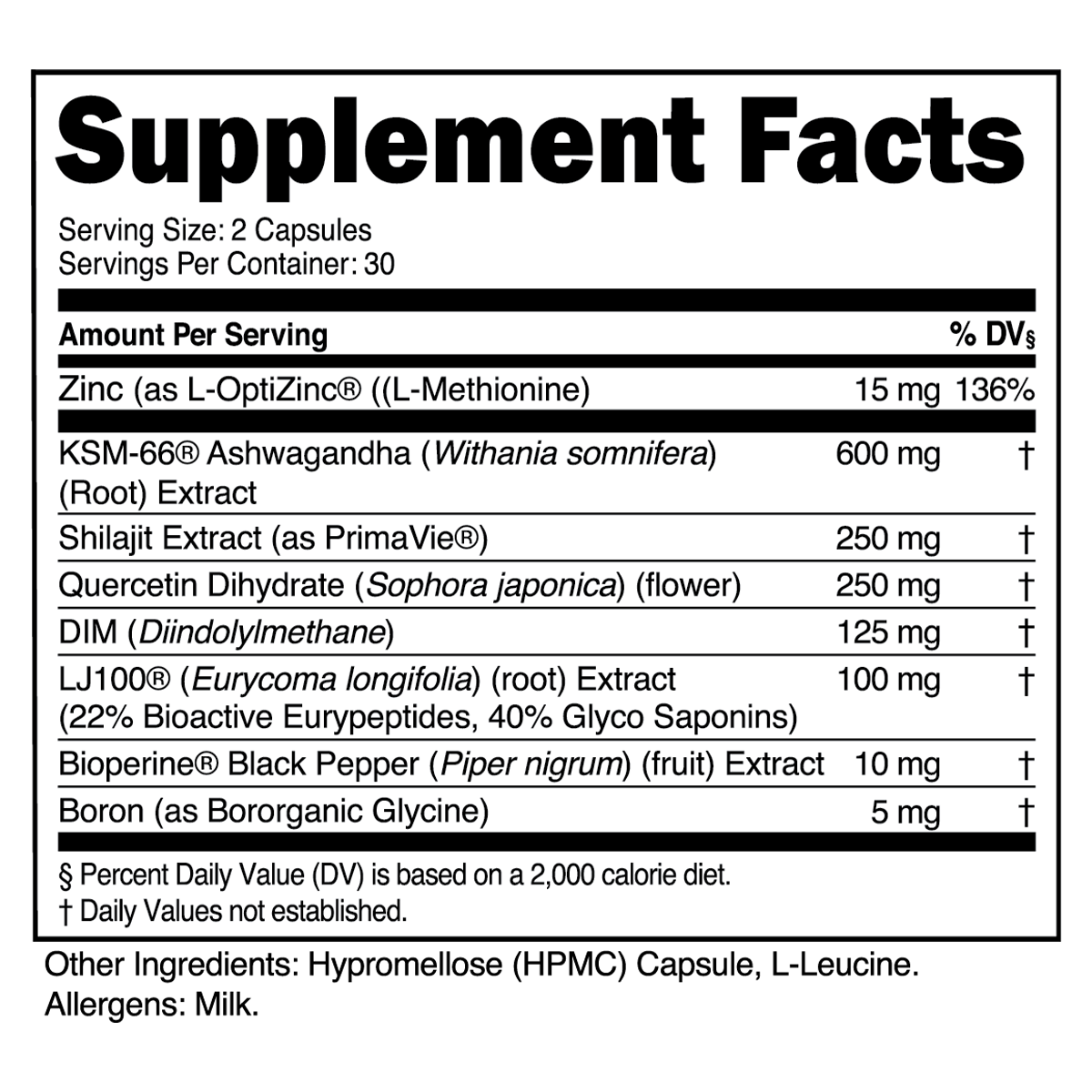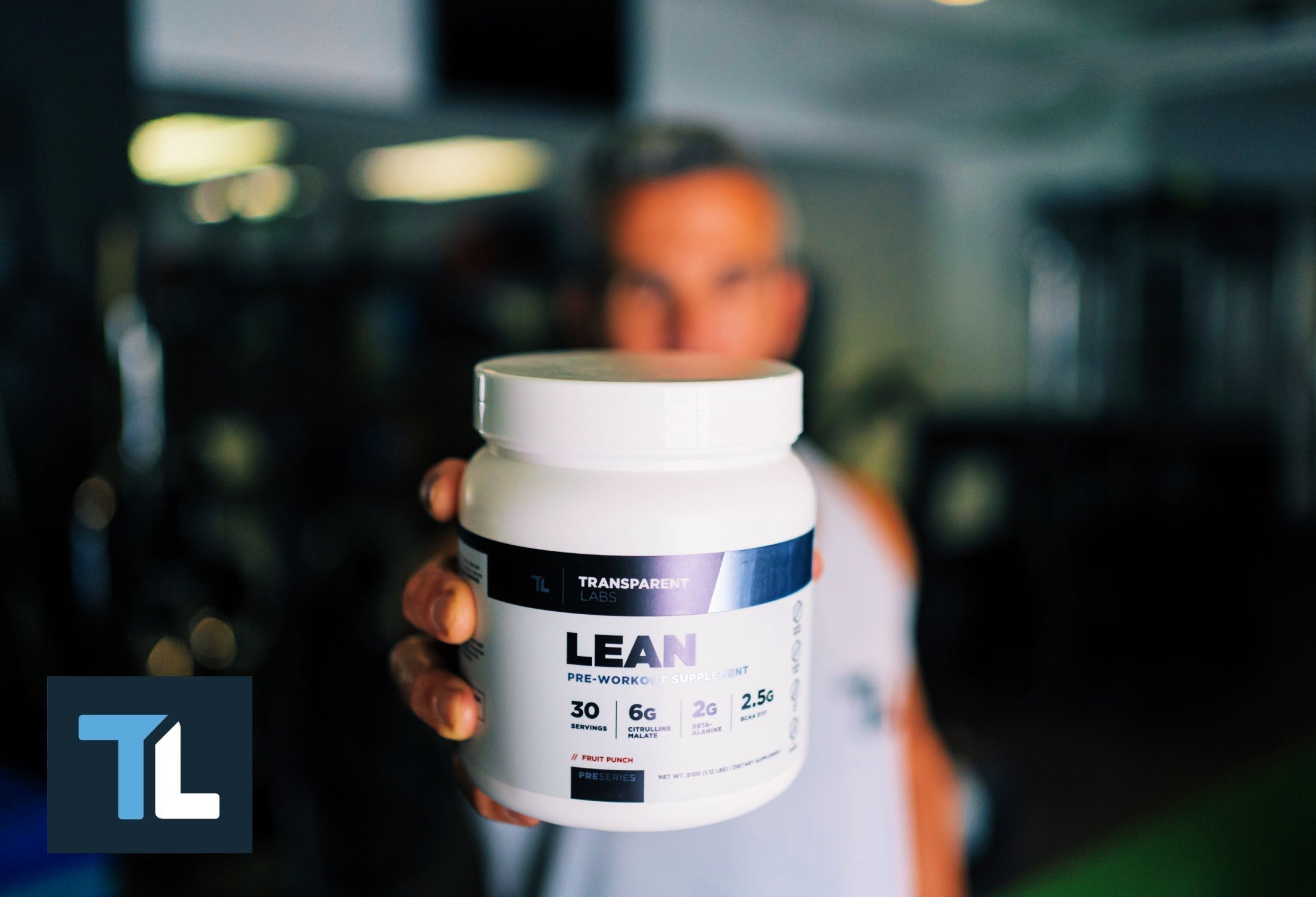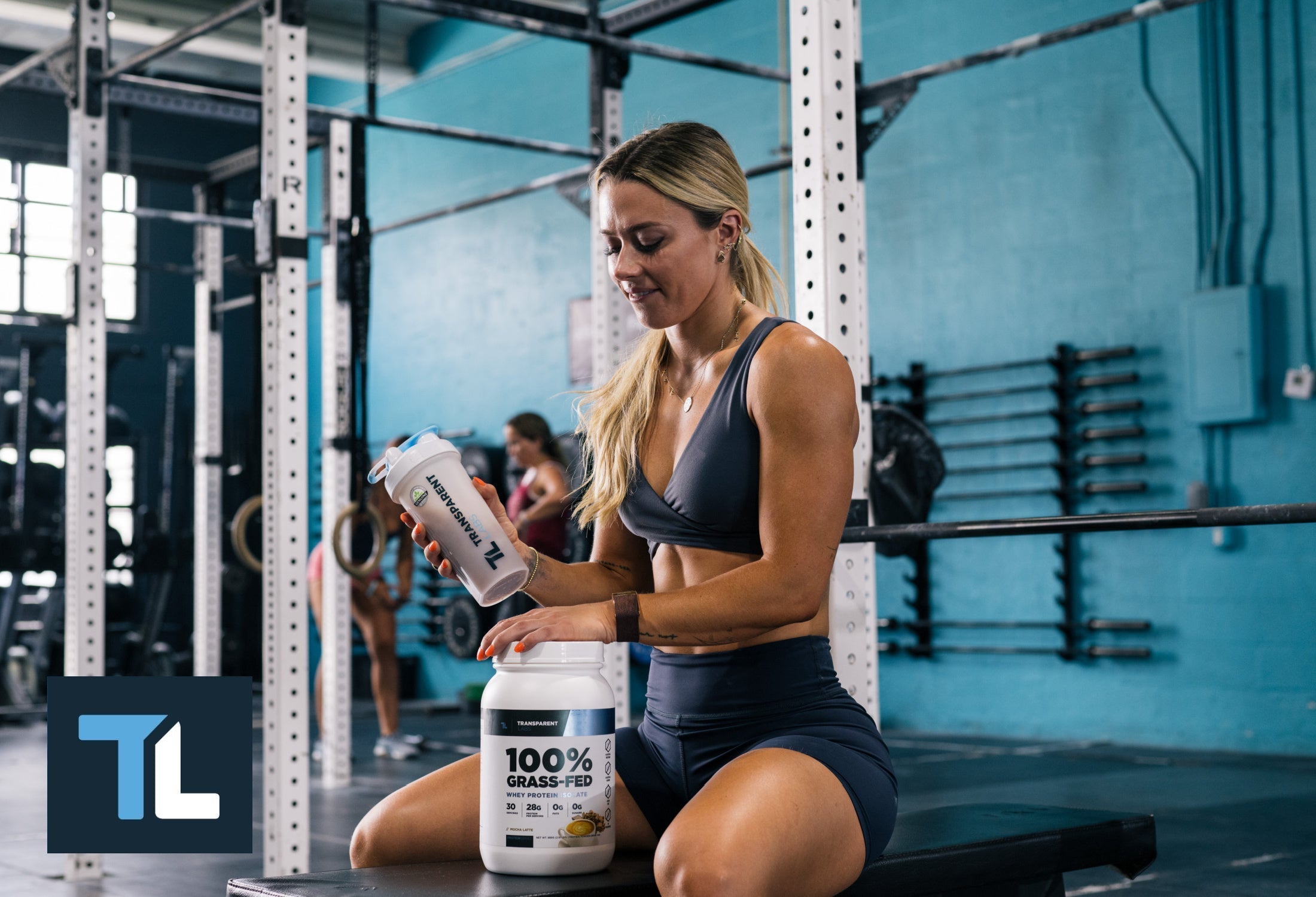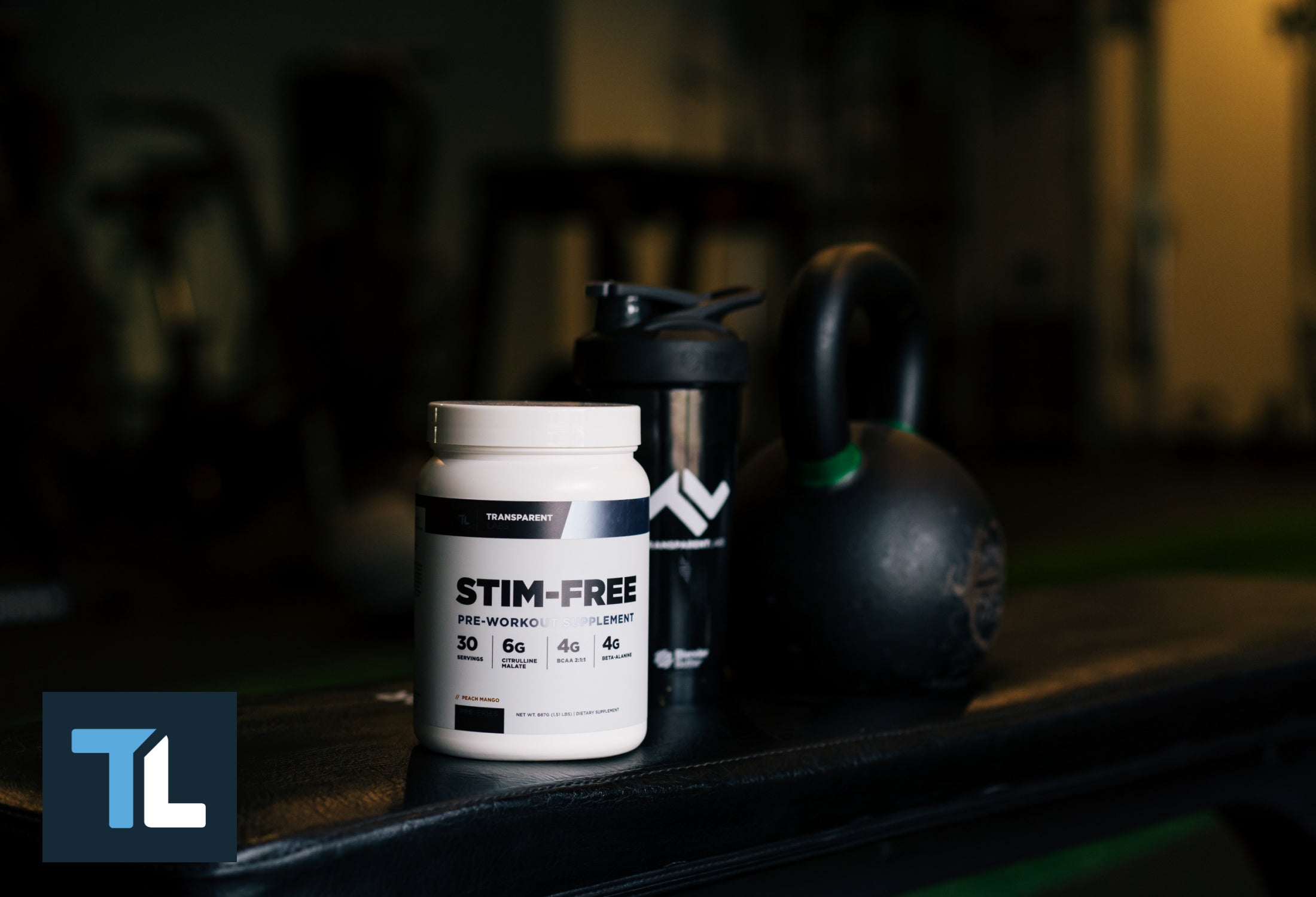Want to know how to increase testosterone naturally? Discover proven tips on diet, exercise, and lifestyle changes in this article.
Optimize Your Diet for Testosterone Production
What you eat can significantly affect your testosterone levels and help increase testosterone levels naturally. Dietary choices play a crucial role in this process, emphasizing the importance of lean proteins, healthy fats, and essential nutrients.
A balanced diet is crucial for supporting testosterone production, emphasizing lean proteins, healthy fats, and essential nutrients. Eating the right foods can boost your body’s natural testosterone production and eliminate the need for synthetic therapy.
Lean proteins, healthy fats, and key vitamins and minerals are the trifecta for maintaining healthy testosterone levels. Lean proteins aid muscle building, healthy fats support hormone production, and vitamins like D along with minerals such as zinc are crucial for hormone synthesis to boost testosterone naturally.
Let’s explore these components in more detail.
Incorporate Lean Protein
Lean proteins play a key role in supporting testosterone levels. Foods like chicken, fish, and lean beef should be staples in your diet. Consuming 5 to 6 ounces of protein daily can support testosterone production. Muscle development supported by lean proteins can result in higher testosterone levels.
Sources of lean protein include eggs, tofu, nuts, and seeds. Incorporating these into your meals can help you avoid the pitfalls of a low-fat diet, which can negatively affect testosterone levels. Remember, the goal is to build muscle mass and maintain a healthy body weight without unnecessary weight gain. You may also consider supplementing with protein powders, such as those found in the Transparent Labs Protein Collection.
Healthy Fats are Essential
Healthy fats are crucial for hormone production, including testosterone. Foods rich in healthy fats, such as avocados, nuts, and olive oil, should be part of your balanced diet. These fats are essential for maintaining a healthy lifestyle and preventing underlying health conditions that can affect testosterone levels.
Opting for healthier fats instead of saturated fats benefits both overall health and hormone production. These fats can help maintain a healthy weight, essential for optimal testosterone levels. Focusing on healthy fats rather than a low-fat diet can make a significant difference.
Key Vitamins and Minerals
Vitamin D is associated with higher testosterone levels and is crucial for hormone production. Activated vitamin D enhances testosterone secretion by stimulating testicular tissue. Men with low vitamin D levels may see significant benefits from supplementation, particularly in boosting testosterone.
Zinc and magnesium are other essential minerals for testosterone production. Zinc can be found in foods like oysters, beef, and beans, while magnesium helps increase testosterone by blocking proteins that bind with testosterone. Adequate intake of these vitamins and minerals is essential for maintaining healthy testosterone levels.
Exercise Smart: High-Intensity Interval Training (HIIT)
Exercise is a powerful tool for boosting testosterone levels, and High-Intensity Interval Training (HIIT) is particularly effective. HIIT involves short bursts of intense exercise followed by brief rest periods, making it an efficient way to improve muscle mass and boost testosterone levels. Unlike prolonged, low-intensity workouts, HIIT sessions can be completed in 20-30 minutes and don’t require fancy equipment.
HIIT significantly improves muscle power, directly correlating with increased testosterone production. HIIT promotes muscle gain, reinforcing the importance of exercise for healthy testosterone levels. Incorporating HIIT into your routine can maximize workouts and naturally boost testosterone. For an extra boost during workouts, consider pre-workout supplements like those in the Transparent Labs Pre Workout Collection.
Combat Sedentary Lifestyle Effects
A sedentary lifestyle can significantly lower testosterone levels in men. Extended periods of sitting reduce blood circulation, impair hormone production, and contribute to weight gain, particularly abdominal fat, which can convert testosterone to estrogen. Additionally, a sedentary lifestyle can negatively impact sexual function, which is closely related to testosterone levels. Counteracting these effects is essential for maintaining healthy testosterone levels and overall well-being.
Taking frequent breaks and using a standing desk are effective strategies to counteract the negative impacts of a sedentary lifestyle. These practices improve circulation, reduce body fat, and support hormone production. Let’s explore these strategies in more detail.

Take Frequent Breaks
Taking breaks mitigates the negative impacts of prolonged sitting, including reduced testosterone levels. A 5-minute walk every 30 to 45 minutes is recommended to counteract sitting’s effects.
Regular breaks promote movement throughout the day, supporting better overall health and testosterone production.
Use a Standing Desk
Using a standing desk encourages more movement throughout the workday, reducing the risks of a sedentary lifestyle. Standing desks reduce sitting time, promoting better circulation and hormone production.
Reducing sedentary time is essential for healthy testosterone levels and overall well-being.
Limit Alcohol Intake
Excessive alcohol intake can disrupt testosterone production by affecting the hypothalamus, pituitary gland, and testes. Men who consume more than 15 drinks weekly are at a higher risk of experiencing low testosterone, erectile dysfunction, and related sexual dysfunction. Acute alcohol consumption can cause testosterone levels to drop within 30 minutes of intake.
Moderating alcohol intake is key. Abstaining from alcohol may lead to recovery of testosterone production and testosterone treatment, although the timeline can vary.
Limiting your alcohol intake can help maintain healthy testosterone levels and avoid the negative impacts on your overall health.
Prioritize Quality Sleep
Quality sleep is essential for testosterone production. Lack of sufficient sleep can significantly lower testosterone levels, affecting overall health. Testosterone production peaks during sleep, with the highest levels in the first three hours of uninterrupted rest.
A regular sleep schedule enhances sleep quality, crucial for maintaining healthy testosterone levels. Quality sleep boosts testosterone and improves overall well-being.
Aim for 7-9 Hours
Optimal sleep duration for maximizing testosterone levels is generally recommended between seven to nine hours per night. Men who do not sleep within this range may experience reduced testosterone production.
Aiming for 7 to 9 hours of sleep helps maintain optimal testosterone levels.
Establish a Sleep Routine
Quality sleep is critical for testosterone production, making a good sleep routine essential. Establishing a regular sleep schedule can help enhance sleep quality, supporting optimal testosterone levels.
A consistent sleep routine ensures you get the rest you need.
Harness the Power of Sun Exposure and Vitamin D
Exposure to ultraviolet (UV) light is essential for vitamin D production, linked to healthy testosterone levels. Adequate sun exposure can elevate testosterone levels, though effects may vary based on individual factors. Aim for at least 20-30 minutes of sunlight daily to boost your vitamin D and testosterone levels.
Insufficient sunlight can lower vitamin D levels, correlating with reduced testosterone production in men. Foods rich in vitamin D, magnesium, and zinc help maintain healthy testosterone levels. Vitamin D supplementation is an option if you can’t get enough sun exposure.
Consider Natural Testosterone Boosters
Natural testosterone boosters like LJ100, a patented form of Tongkat Ali, aid testosterone production. LJ100 is known for its consistent quality thanks to its standardized formulation. Glycosaponins and eurypeptides in LJ100 are linked to improved energy levels and overall vitality.
Users report enhanced workout performance and increased muscle definition with LJ100. Studies suggest a daily dosage of 200mg of LJ100 may yield optimal results. Natural testosterone boosters can support efforts to maintain healthy testosterone levels. In contrast, testosterone replacement therapy involves methods like injections and patches to address low testosterone levels, particularly in older men experiencing symptoms related to aging or hypogonadism.
Summary
Boosting your testosterone levels naturally involves a multifaceted approach. From optimizing your diet with lean proteins, healthy fats, and essential vitamins to incorporating HIIT workouts and combatting a sedentary lifestyle, every step counts. Limiting alcohol intake, prioritizing quality sleep, and harnessing the power of sun exposure and natural supplements like LJ100 can make a significant difference.
Remember, maintaining healthy testosterone levels is not just about one specific action but a combination of healthy lifestyle choices. By following these tips, you can boost your testosterone naturally and improve your overall well-being. Take charge of your health and embrace these changes for a more energetic and fulfilling life.

Frequently Asked Questions
How does a balanced diet affect testosterone levels?
A balanced diet significantly supports testosterone production by incorporating lean proteins, healthy fats, and essential nutrients. Prioritizing these dietary elements can help maintain optimal hormone levels.
What is the role of HIIT in boosting testosterone?
HIIT plays a significant role in boosting testosterone levels by promoting muscle gain through short bursts of intense exercise. Incorporating HIIT into your workout routine can lead to improved hormonal balance and overall health.
Can a sedentary lifestyle lower testosterone levels?
Indeed, adopting a sedentary lifestyle can lead to lower testosterone levels as it hampers blood circulation, increases body fat, and disrupts hormone production. Engaging in regular physical activity is essential for maintaining healthy testosterone levels.
How does alcohol intake affect testosterone levels?
Excessive alcohol intake negatively impacts testosterone production, leading to a decrease in testosterone levels within just 30 minutes of consumption. It's important to moderate alcohol consumption to maintain healthy hormone balance.
Why is quality sleep important for testosterone production?
Quality sleep is vital for testosterone production because testosterone levels significantly rise during sleep, especially in the initial three hours. Prioritizing uninterrupted rest can help maintain optimal hormone levels.
Key Takeaways
-
A balanced diet rich in lean proteins, healthy fats, and essential vitamins and minerals is vital for naturally boosting testosterone levels.
-
Incorporating High-Intensity Interval Training (HIIT) and mitigating sedentary behavior can significantly enhance testosterone production.
-
Prioritizing quality sleep and managing alcohol intake are critical factors for maintaining optimal testosterone levels.

